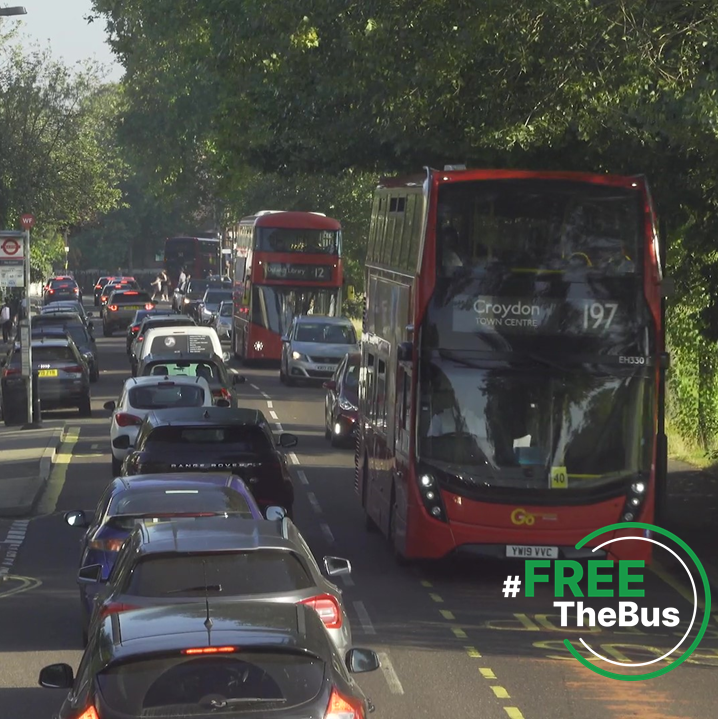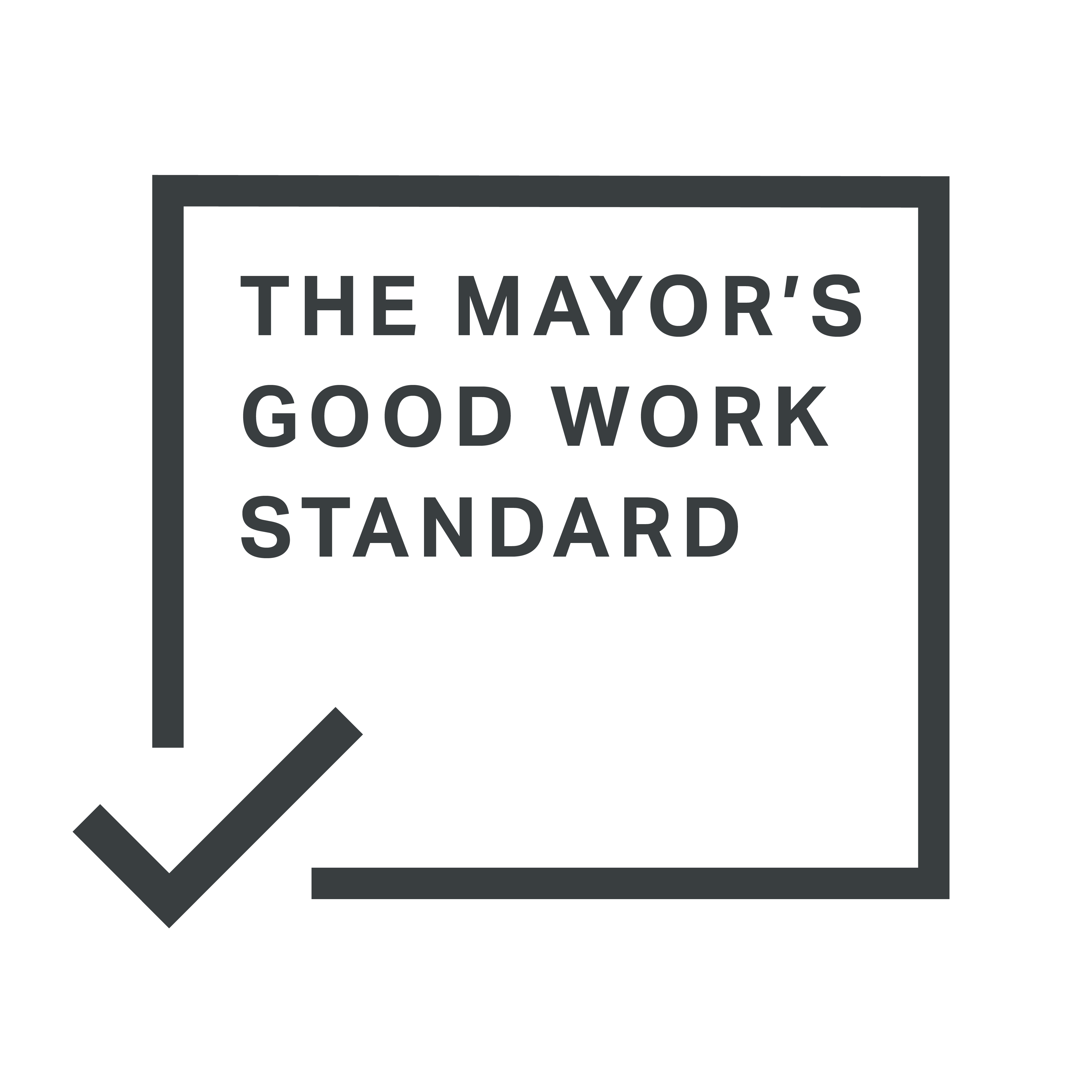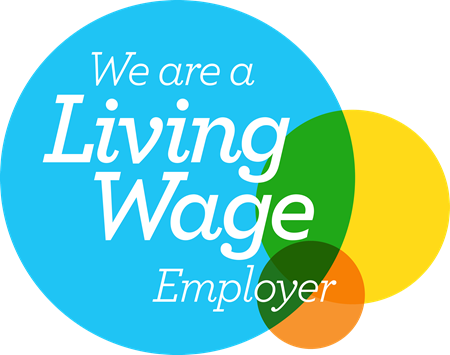More Londoners use the bus than any other type of public transport.
For years the bus has had to compete with increased traffic on the road, and so buses are slower than they used to be. In the 12 months before the pandemic hit, average bus speeds were only 9.3 miles per hour, the third successive year in which speeds were that low. At that speed, by comparison, it would be faster to travel on the back of a donkey.
We know that the main reason that more people don’t use buses is that people think they are too slow and won’t get them where they need to go on time. If London is to meet the Mayor’s target of 80% of all trips in London being made on foot, by cycle or using public transport by 2041, then we need a 40% increase in bus journeys to reach that target.
However, if London buses can travel just 1mph faster than they do today, it could potentially save Transport for London between £100-£200m a year. And as well as saving £100-£200 million a year if buses run more efficiently, TfL will also be able to generate additional revenue of £80-£85m with more reliable services leading to an increase in passengers. By doing things like introducing more 24 hour bus lanes and increasing parking enforcement on bus routes, TfL would be able to run fewer vehicles and save money as journey times will get shorter, and more people will use them. Freeing the bus really is a win-win for everyone.
What you can do to help
- Write to your local representative now and ask them to #FreeTheBus
- Share our video: A day in the life of a bus
Other things you might find useful
We call on London’s boroughs to help the bus
London TravelWatch Bus Summit – watch the full video here
Blog: Why London TravelWatch wants to #FreeTheBus
Blog: Clearing the way for London’s buses




